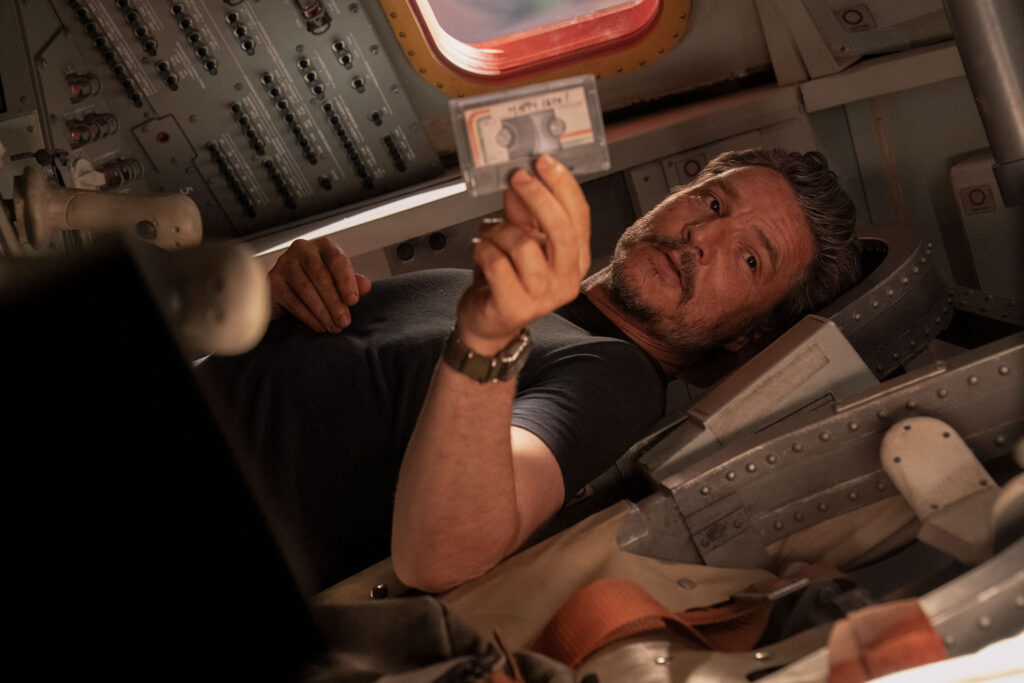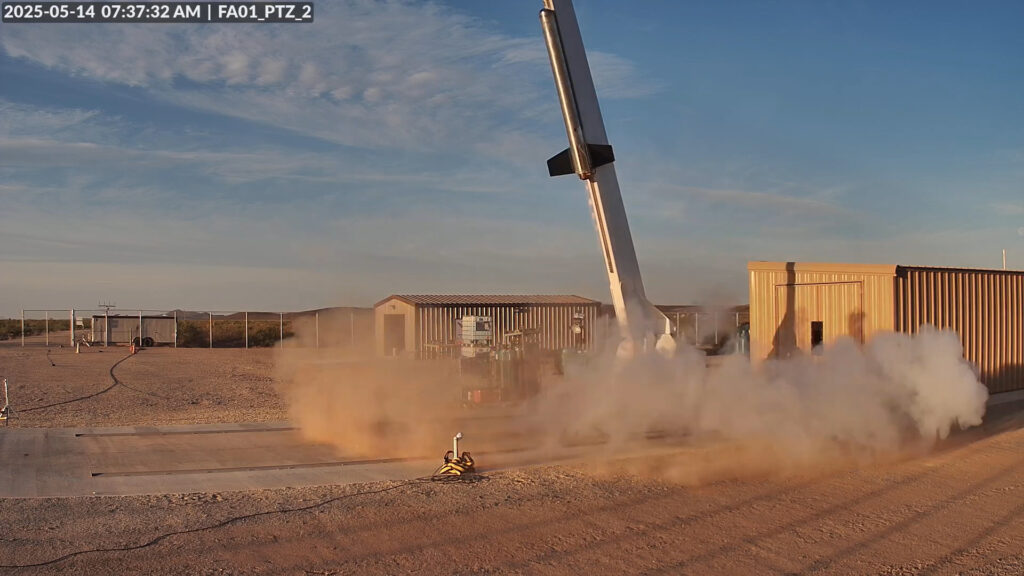China is planning to launch a next-generation crewed spacecraft around 2027 that will be capable of carrying astronauts to the moon and even beyond.
“In the future, a new generation of spacecraft will be used on crewed lunar missions, to build our space station and for deep-space exploration,” Yang Liwei, deputy chief designer of China’s human spaceflight program, said during a talk at a university on Tuesday (July 18), Reuters reported, citing the state-run Guangzhou Daily.
Yang said the first flights are estimated to take place between 2027 and 2028. China tested a boilerplate version of the spacecraft in 2020 as part of a test launch for lofting space station modules. The return capsule from the test has since been put on display.
Related: China plans to put astronauts on the moon before 2030
The new spacecraft is part of China’s plan to put a pair of astronauts on the moon by 2030. The spacecraft will be partially reusable, and a new rocket, recently designated as the Long March 10, is being developed to launch the spacecraft.
The deep-space version of the spacecraft will be able to carry three astronauts into lunar transfer orbit, while a low Earth orbit variant will be able to transport four to seven astronauts to China’s newly completed Tiangong space station.

RELATED STORIES:
China currently uses the Shenzhou spacecraft to send up to three astronauts to low Earth orbit. Yang in 2003 became the country’s first astronaut in orbit, aboard the Shenzhou 5 mission.
The crew of Shenzhou 16 are currently aboard Tiangong. The three astronauts arrived at the station on May 30 for a roughly six-month stay.


